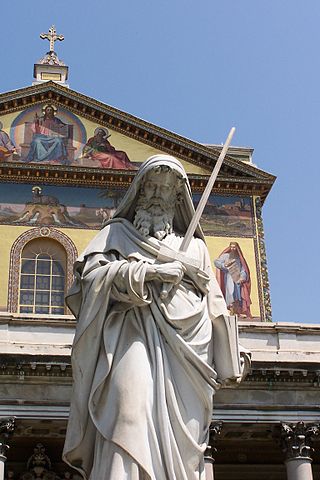
I was really busy yesterday, so I didn’t have time to post a link to the latest iteration of my bi-weekly column for the Deseret News. But here it is. This particular installment is unusually autobiographical:
***
Matthew L. Bowen has contributed today’s new article in Interpreter: A Journal of Latter-day Saint Faith and Scholarship:
Abstract: Paronomasia in the Hebrew text of Exodus creates narrative links between the name Miriam (Mary) and the “waters” (mayim) of the Re[e]d Sea from which Israel is “pulled” and the nearby “bitter” waters of Marah. Nephi sees Mary (Mariam), the mother of Jesus, associated with the “love of God,” and thus to both “the tree of life” and “the fountain of living waters” (1 Nephi 11:25) vis-à-vis “the fountain of filthy water” (1 Nephi 12:16). Mormon was named after “the land of Mormon” (3 Nephi 5:12). He associates his given name with “waters,” which he describes as a “fountain of pure water” (Mosiah 18:5), and with the good “desires” and “love” that Alma the Elder’s converts manifest at the time of their baptism (Mosiah 18:8, 10‒11, 21, 28). Mormon’s accounts of the baptisms of Alma the Elder’s people, Limhi’s people, the people at Sidom (Alma 15:13), and a few repentant Nephites at Zarahemla who responded to Samuel the Lamanite’s preaching (Helaman 16:1), anticipate Jesus’s eventual reestablishment of the church originally founded by Alma, the baptism of his disciples, and their reception of the Holy Ghost — “that which they most desired” (see 3 Nephi 19:9‒14, 24). Desire serves as a key term that links all of these baptismal scenes. Mormon’s analogy of “the bitter fountain” and its “bitter water” vis-à-vis the “the good fount” and its “good water” — which helps set up his discussion of “the pure love of Christ,” which “endureth forever” (Moroni 7:47‒48) — should be understood against the backdrop of Lehi’s dream as Nephite “cultural narrative” and the history of Alma the Elder’s people at the waters of Mormon. As Mormon’s people lose the “love [which] endureth by faith unto prayer” (Moroni 8:26; see also Moroni 8:14‒17; 9:5) they become like the “bitter fountain” (Moroni 7:11) and do not endure to the end in faith, hope, and charity on the covenant path (cf. 2 Nephi 31:20; Moroni 7:40‒88; 8:24‒26). The name Mormon (“desire is enduring” or “love is enduring”), as borne by the prophet-editor of the Book of Mormon, embraces the whole cloud of these associations.
***
Also new on the website of the Interpreter Foundation, from Jeffrey M. Bradshaw:
A response to Thomas A. Wayment, “Intertextuality and the purpose of Joseph Smith’s new translation of the Bible,” in Foundational Texts of Mormonism: Examining Major Early Sources, edited by Mark Ashurst-McGee, Robin Scott Jensen and Sharalyn Howcroft, 74-100 (New York City, NY: Oxford University Press, 2018).











